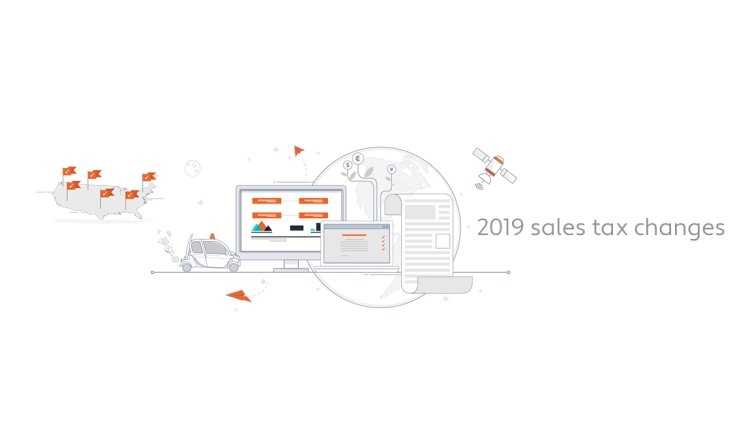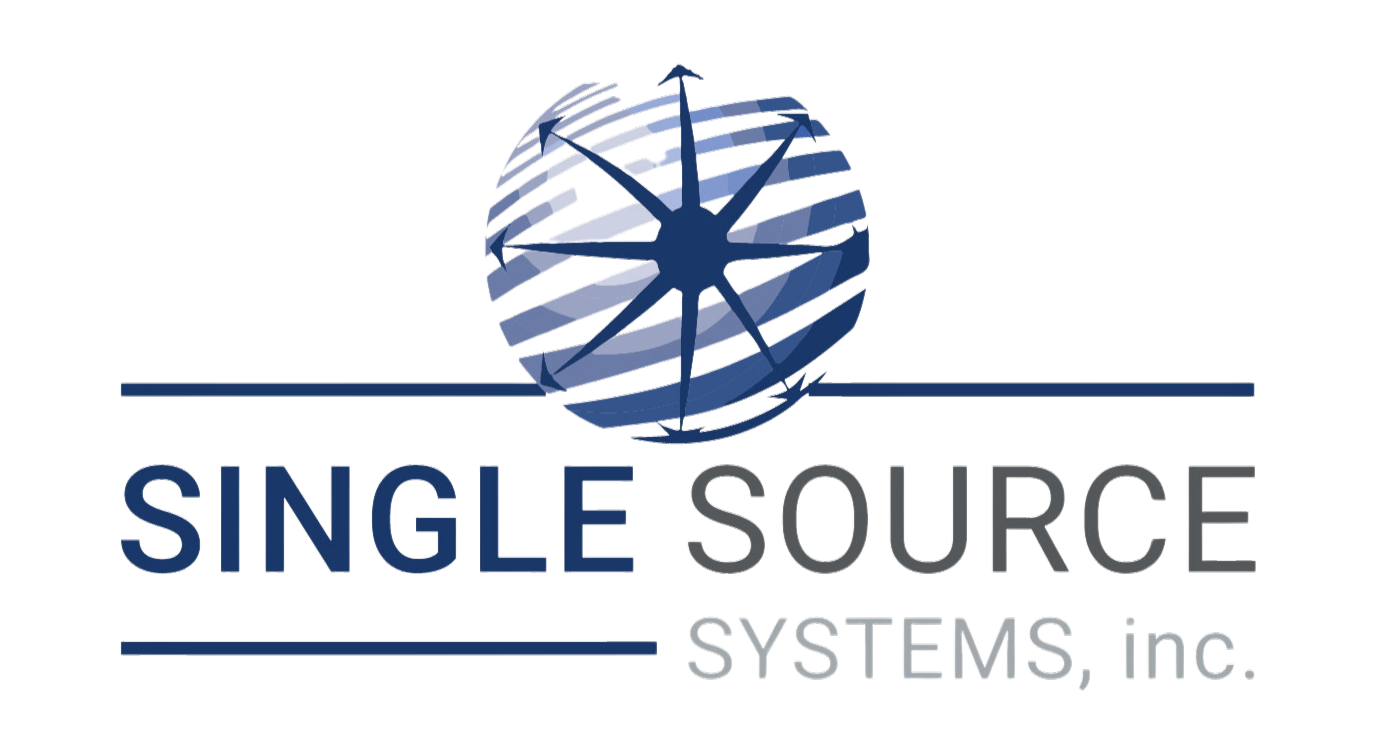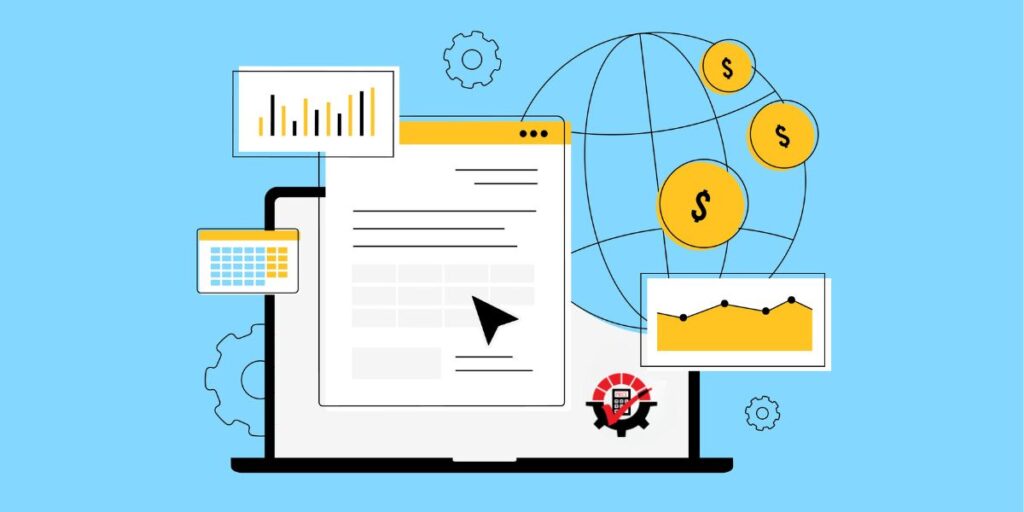Every new year brings a host of new sales tax rates, rules, and regulations. And like its predecessor, 2019 is looking to be a banner year for sales tax changes.
U.S. Supreme Court decision removes remote sales tax restrictions
Many of the sales tax changes we’ll see in 2019 stem from South Dakota v. Wayfair, Inc., the June 21, 2018, decision by the Supreme Court of the United States that’s responsible for killing a long-standing physical presence rule. Prior to the decision, states lacked the authority to impose a sales tax collection obligation on sellers with no physical connection to the state. Post Wayfair, states can require remote sellers to collect and remit sales tax.
The Wayfair ruling centered on South Dakota’s economic nexus law: A seller with no physical tie to the state must collect and remit sales tax once it has significant economic activity in the state, which South Dakota defines as more than $100,000 in sales or at least 200 separate transactions in the state in the current or preceding calendar year.
More than 30 states have already adopted similar economic nexus laws or rules, though not all use the same threshold as South Dakota. And economic nexus isn’t the only game in town. Some states, such as Idaho, have imposed a sales tax collection obligation on remote sellers via click-through nexus. In others, like Massachusetts and Ohio, placing software (e.g., apps, web cookies) on in-state devices gives a remote seller nexus and an obligation to collect sales tax.
Furthermore, more than a dozen states are targeting marketplace sales for tax. These transactions often slip through other remote sales tax laws, so a growing number of states now require the marketplace provider to collect and remit tax on behalf of their third-party sellers. Amazon does so in eight states, as eBay soon will. Etsy collected on behalf of sellers in four states in 2018 and is expanding that service to seven more states by July 2019.
The point is, most if not all states that have a general sales tax and don’t already actively pursue remote sales tax revenue are expected to address the issue in 2019. Already, dozens of remote sales tax bills have been introduced in state legislatures. Even in Alaska, which has no statewide sales tax but allows local sales tax, local governments are exploring the concept of taxing remote sales.
Digital goods and services
Both Iowa and the District of Columbia began taxing sales of digital goods and services on January 1, 2019. Though there are no guarantees, other states are likely to consider making a similar change. Tangible books and vinyl may be making a comeback, but the convenience and ease of streaming books, media, and music just can’t be ignored. How long will states let these intangible versions of tangible goods enjoy tax-free status?
Everything else
New taxes on remote sales and digital goods and services are big news, but they’re not the only news. 2019 has already witnesses changes in sales tax rates, regulations, and rules, and more are sure to come.
The easiest way to manage sales tax compliance in this rapidly-changing sales tax world is with sales tax automation for Acumatica.






































